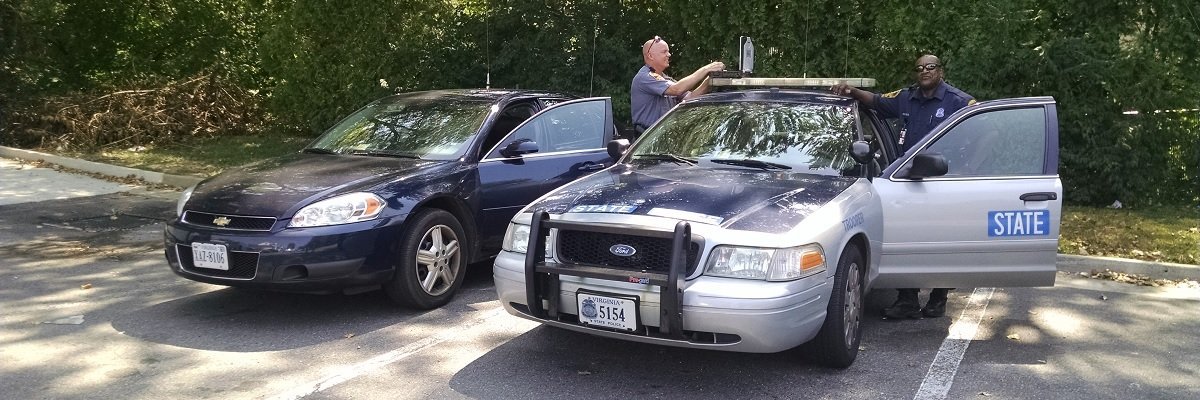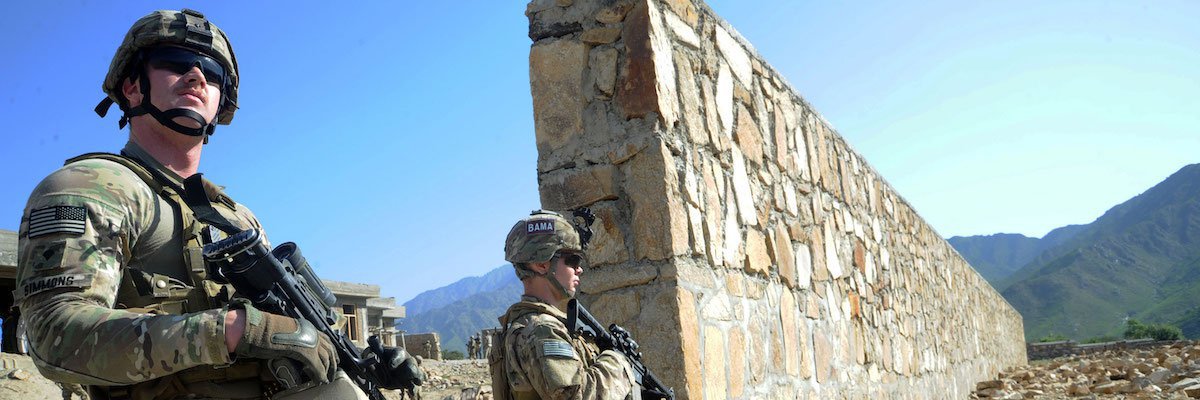A version of this article appeared on Motherboard
As part of a nationwide FOIA census for cell site simulator surveillance devices, the Virginia State Police responded with new documents detailing their acquisition and use of the DRT 1183C. Made by Digital Receiver Technology of Maryland, the DRT 1183C is a device that is commonly referred to as a DRTbox. It is very similar to other cell site simulators like the Harris Corporation’s Stingray, except that DRTboxes can also intercept voice communication as well as GPS location and other metadata.
Astonishingly unredacted, these documents detail their 2014 purchase, which upgraded their obsolete DRTbox model to the smaller and more powerful 1183C. This cost the VSP $585,265, and came complete with a whole bunch of accessories, including a Chevrolet Suburban outfitted specifically to run the device.
Virginia State Police also provided a revision of their High Tech Crimes Unit manual on the use of the “emergency vehicles” purchased from DRT - Virginia being one of the few states to have passed legislation curtailing the use of these exceptionally powerful devices, and mandating warrants and probable cause be obtained prior to their use.
But perhaps the most interesting thing revealed by these documents is the utilization log.
This log dates from May 2015 and details the 12 times that the VSP have used this equipment. Judging from the log and its specificity regarding the cases the DRTbox was used in, these are examples of cases that the VSP got a warrant for prior to DRTbox use.
A glance at the log seems to show that in at least 5 out of the 12 instances it was used, the device turned out to be ineffectual in locating the suspect.
To Claire Gastanaga, Executive Director of the ACLU of Virginia, the cost of all this is a little stunning. “If the log fully documents all usage of the device since it was acquired, each of the 12 uses cost almost $50,000, and only 4 of them resulted in an arrest,” she noted.
“The relative infrequency of the use documented in the log they shared with you raises a significant question whether the more than half million dollars spent on the device and the vehicle in which it was installed, was a wise investment of public funds.”
You can follow more of our work regarding cell site simulators on the project page.
Image via Wikimedia Commons




